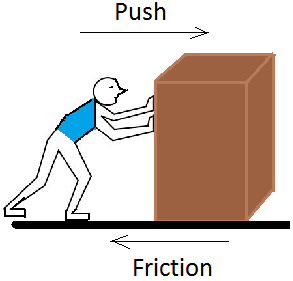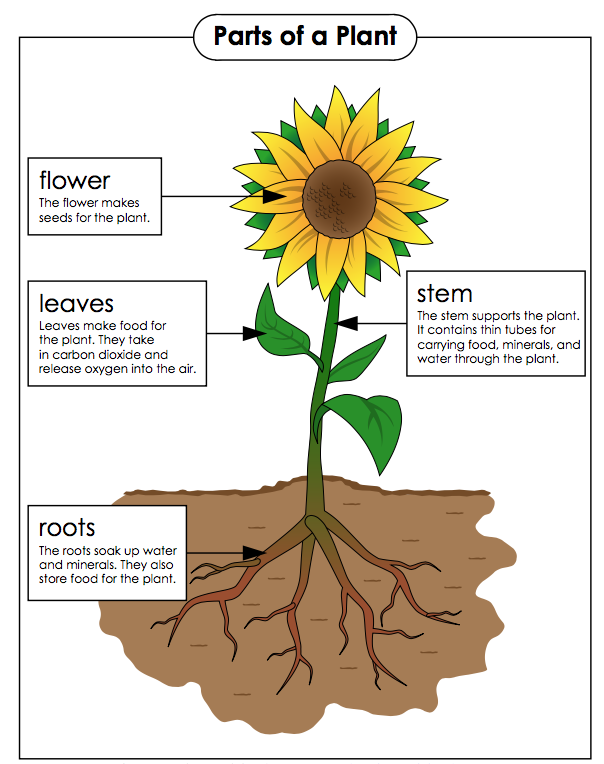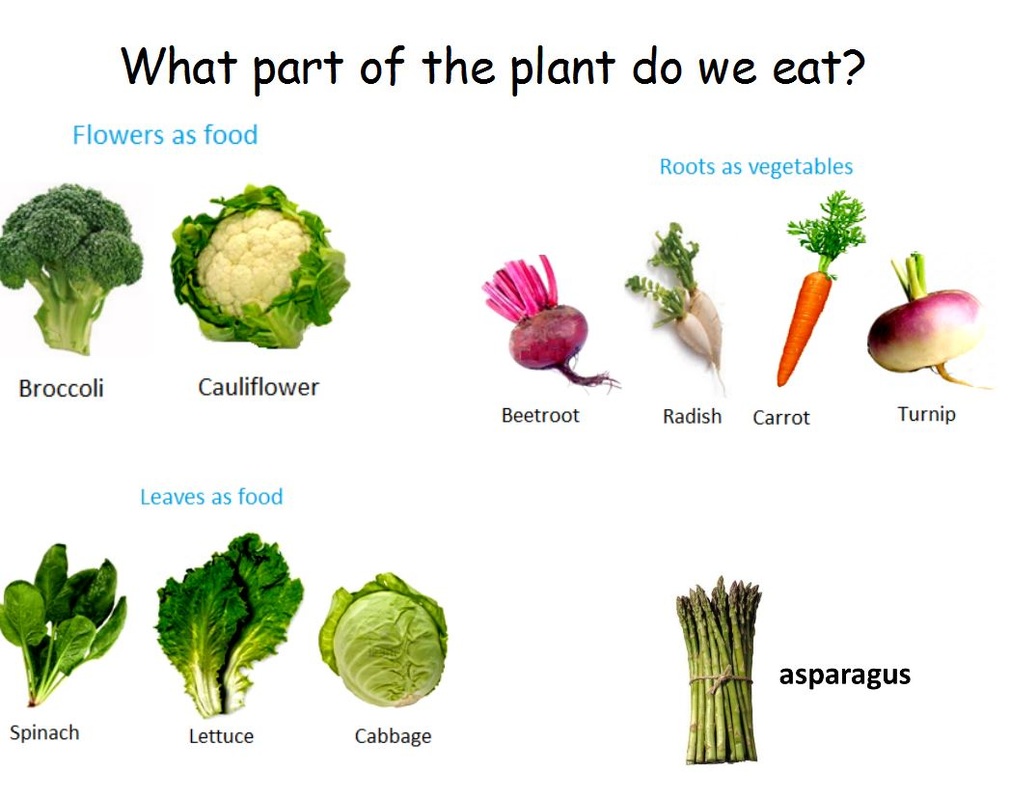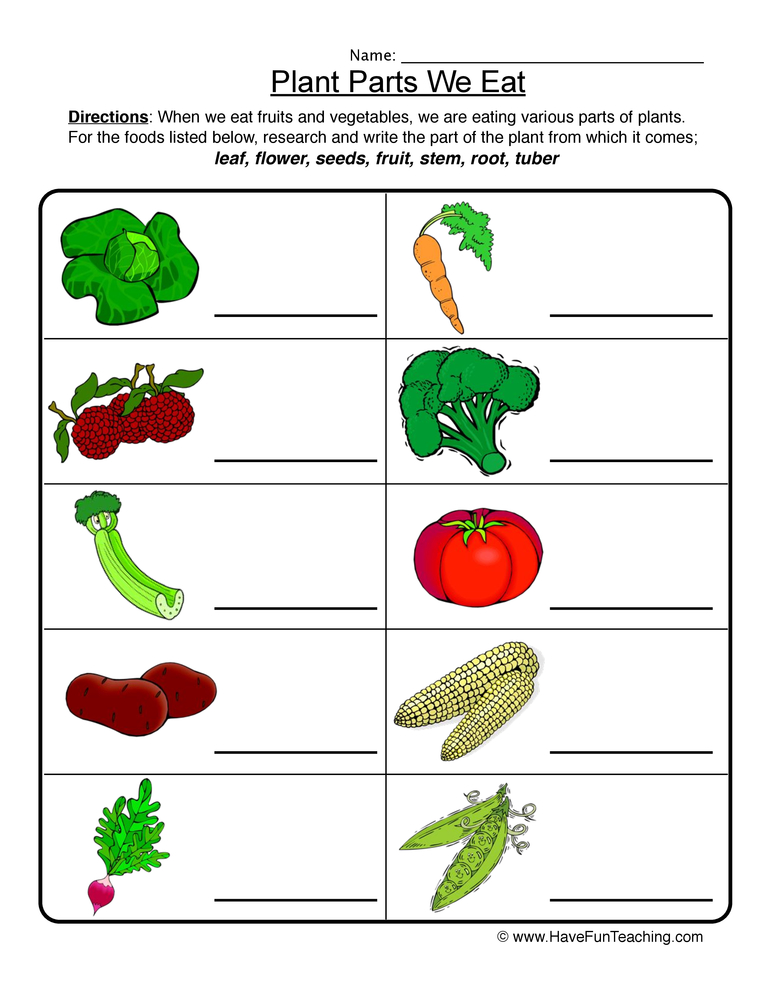PUSHES AND PULLS

WHAT ARE PUSHES AND PULLS?
We are surrounded with forces everywhere we go and in almost everything that we do. Gravity is a force that keeps us on the earth. Friction is a force that heats things up. This happens when we rub our hands together and the heat that is generated from the friction makes our hands warmer. Pushing and pulling is making use of another force as well as pressure, which is force applied by an amount of weight.
An Example of push as a force would be to push on a swing. The force moves the swing in a particular direction and the harder that you push the further the swing will go.
An example of pull as a force would be opening a door. If you pull on it lightly, the door won’t open, but if you pull with greater strength, the door opens enough. If you pull the door too hard it will slam into the wall.
Any kind or type of force actually breaks down to being just a pull or push.
Another type of force is magnetism that may pull an object toward it or push it away, depending upon the polar fields.
Inertia is not considered a type of force. Anything that has mass or weight will automatically slow down due to the weight. This is inertia. Objects that are larger have more inertia and with increased inertia, the greater the force that is needed to make it move. An example might be to compare a caterpillar with an elephant. The elephant has more inertia.
Elastic and springs are also types of force. When you push against them they will resist however they will spring back with the same amount of force that you inserted on them.
WHAT IS A FORCE?
WHAT ARE THE EFFECTS OF FORCE?
The world and the Universe are action-packed. People and animals are always on the move. The planets are constantly circling the Sun. Are there any rules to all this activity? Yes! Our world and the whole Universe are governed by the laws of nature. Scientists who try to understand and learn about these laws are called physicists. Here are some questions that physicists across history have wondered about: When you drop a ball, why does it fall on the ground? Why doesn’t it float up? If you spin a top, why doesn’t it spin forever? Why does it eventually stop? Maybe you have wondered about these things, too.
To answer those questions, physicists needed to discover the laws of motion. What is motion? Motion is movement in any direction. You can move up, down, forwards, backwards, and sideways. You can move in circles. You can wiggle, wave, twist, turn, roll, flip, sway, bend, pivot, shake, and spin.
http://www.bbc.co.uk/schools/scienceclips/ages/5_6/pushes_pulls.shtml
FRICTION
Friction is a special kind of force. But what's a force? Forces are pushes or pulls that can change the motion, or movement, of objects. If you pushed or pulled a box of books across the floor, you would be using force to move the box. But there are other forces affecting that box of books besides your pushes or pulls.
Let's say you're trying to push that box from one end of your bedroom to the other end. As you push it, the box will move, but there's also a force acting in the opposite direction of your push.
This force, called friction, will stop the box from moving when you stop pushing it.
More or less force can be produced depending on the surface of the objects.
If the surface is smooth, less friction will be.
If the surface is rought more friction will be acting on the objects.

watch the video about friction!!!
FORCEMETER

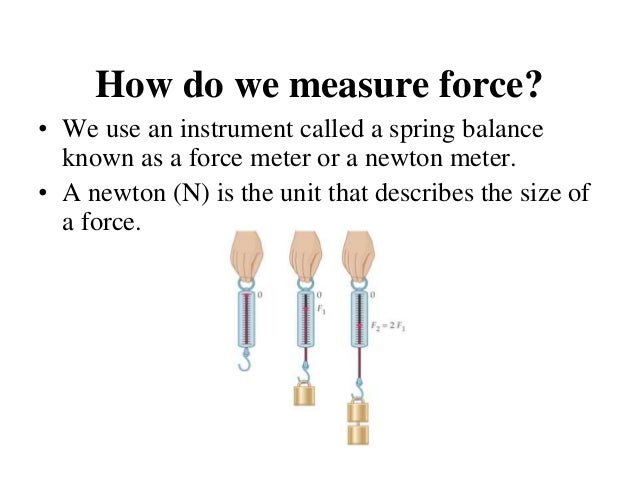
HOW TO USE A FORCEMETER
SCIENCE EXPERIMENT ABOUT FORCE AND MOTION
https://www.youtube.com/watch?v=ILhckx1zGXw
https://www.youtube.com/watch?v=_LdcxCdB-s8
